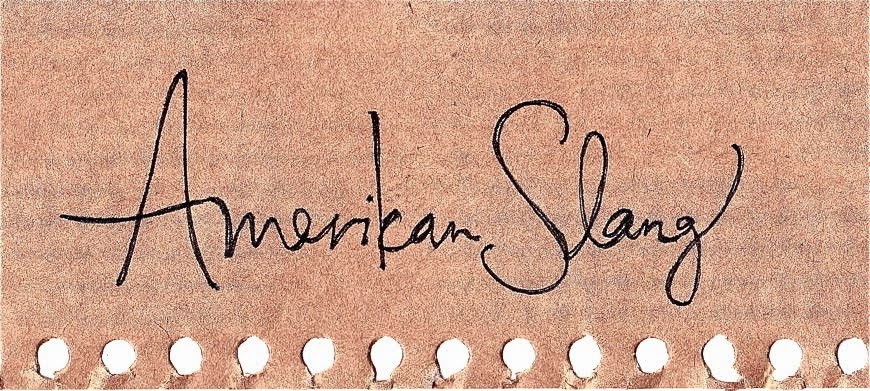It’s 8:00,
Saturday morning – too early to be awake after the festivities of the night
before. But I really need to pee, and bright sunlight is already leaking in through the top
of the tent, so I groggily zip open the door-flap and crawl outside. The grass beneath my knees is tough and yellow
– typical terrain for the central Kenyan highlands. As I stumble through the campsite, I see some
early signs of life between the hundreds of quiet tents: thin lines of smoke trailing
up from campfires, some early-risers making coffee under an acacia tree. I pass one circle of revelers who haven’t
gone to bed yet; they’re lounging in lawn-chairs, smoking and chatting.
“Come
have a beer!” shouts one of the happy strangers. A beer is the last thing I want before
breakfast, but they seem so friendly that I stroll over anyway.
“Did you
just wake up?” asks this Indian-Kenyan guy. “Because you look like it!”
“Wewe!” says his girlfriend, slapping his
shoulder in mock reprimand. She turns to
me: “Believe me, you look better than he does right now.” This is the prevailing mood at Fisherman’s
Camp at Lake Naivasha: free, generous, jestering. I have to decline many more offers of
early-morning alcohol before I reach the outhouses.
Last
week, Fisherman’s Camp was the site of the third annual Rift Valley Festival, a
three-day music celebration, showcasing artists from Kenya and the UK. The festival was initially founded by two
brothers, Sean and Ivan Ross, who according to the event's website, “have years of experience promoting
events in the UK and deep roots in Kenya.
They came up with the idea of a festival as the perfect means to
celebrate on an international stage the richness of East African culture and
music as well as promote the unity and beauty of Kenya.”
The Rift
Valley Festival is ostensibly a meeting-of-worlds and a
coming-together of different musical styles. During the festival, Kenyan artists of various genres commanded the stage – DJs, rappers, dance troupes, and even the
illustrious diva Suzanna Owiyo – interspersed with dance sessions deejayed by
UK artists. And when you looked out at
everyone hipping and hopping and high-fiving under the strobe lights, the
audience was undeniably cosmopolitan and multicolored.
But I
couldn’t help asking myself: was the festival really a mashup of “worlds”? Over the course of the weekend, it seemed to
me that the lines between “worlds” were still quite evident and not-yet-blurred. Despite the high-quality musical performances,
the festival was saturated with an East-meets-West self-consciousness that has
long been the hallmark of Nairobi’s pop culture portals and leisure spaces.
Maybe I
shouldn’t use the phrase "East-meets-West" to describe the Ross brothers' hyper-deliberate “international
stage." In his latest book, the renowned scholar and activist Hamid Dabashi argues that “the East” and “the West” are essentially fictive
constructs that reinforce human divides each time we use them to designate massive
swathes of geography and culture. He
refers to this time-worn branding practice as “other-worlding” – a way of
imagining entire cultural constellations in opposition to our own, whether we
hail from the fictional “East” or the chimeric “West.” Even (or especially) for those of us with an uncomfortable foot
in both worlds, the terms can feel reductive and divisive.
But
Dabashi posits a solution to this constructed divide, a solution that he
already sees at work in the revolutions in the Middle East: To dissolve our
uncommon ethnos within a common ethos.
He believes that the divisions of humanity (if we must have them)
should be along ethical lines: uniting those who are committed to common
ideals against those who would repress or deny the realization of such ideals. He writes that if we hope to face our imminent
political and environmental crises with any grace or strength, we can no longer
sort ourselves into crippling ethno-cultural categories. In short, Dabashi proposes an ethical map of
the world, a new ideological geography.
In Nairobi,
more than almost anywhere else on earth, ethnos
and ethos are constantly vying for
supremacy as human categories. And more
often than not, ethnos seems to be winning out. Many of Nairobi’s rappers define their art as either like or unlike American art; Somalian
and Sudanese immigrants are often treated
coldly when they cross the border; many expats try not to leave their
“mini-European” neighborhoods; and, as was tragically revealed in the last
general elections, tribal loyalties can even overshadow the desire for peaceful
democracy. Ethnos prevails in Nairobi as a site of both association and
antagonism.
But then there
are many bright and beautiful moments, in the city and beyond, that are marked by a uniting ethos. There are spaces and times in which gatherings of
Kenyans and Kenyan-wannabes (in our many-colored, multilingual, striped and
storied complexity) are categorized only by what we love – by what we
collectively know and believe. There are times when communities of
Kenya-dwellers are animated by the same uni-joyous forces; and at the
Rift Valley Festival, I witnessed quite a lot of communality and shared love of sound. Maybe they were
just hours of music-induced euphoria, but maybe also we believed in some of the
same things at the same time: how good it feels to dance under the wide
Kenyan night, how beautiful the music, how beautiful each other, how beautiful the world.
Unfortunately,
some attendees’ die-hard habits of “other-worlding” were not entirely lost in the beats of the music-fest; on Friday, I met some British kids
who had spent their whole lives in Kenya and knew only two words in Kiswahili: ati!
(an expression of disapproval) and we njoo (you, come here).
Maybe
I’ll take that pre-breakfast beer after all.
